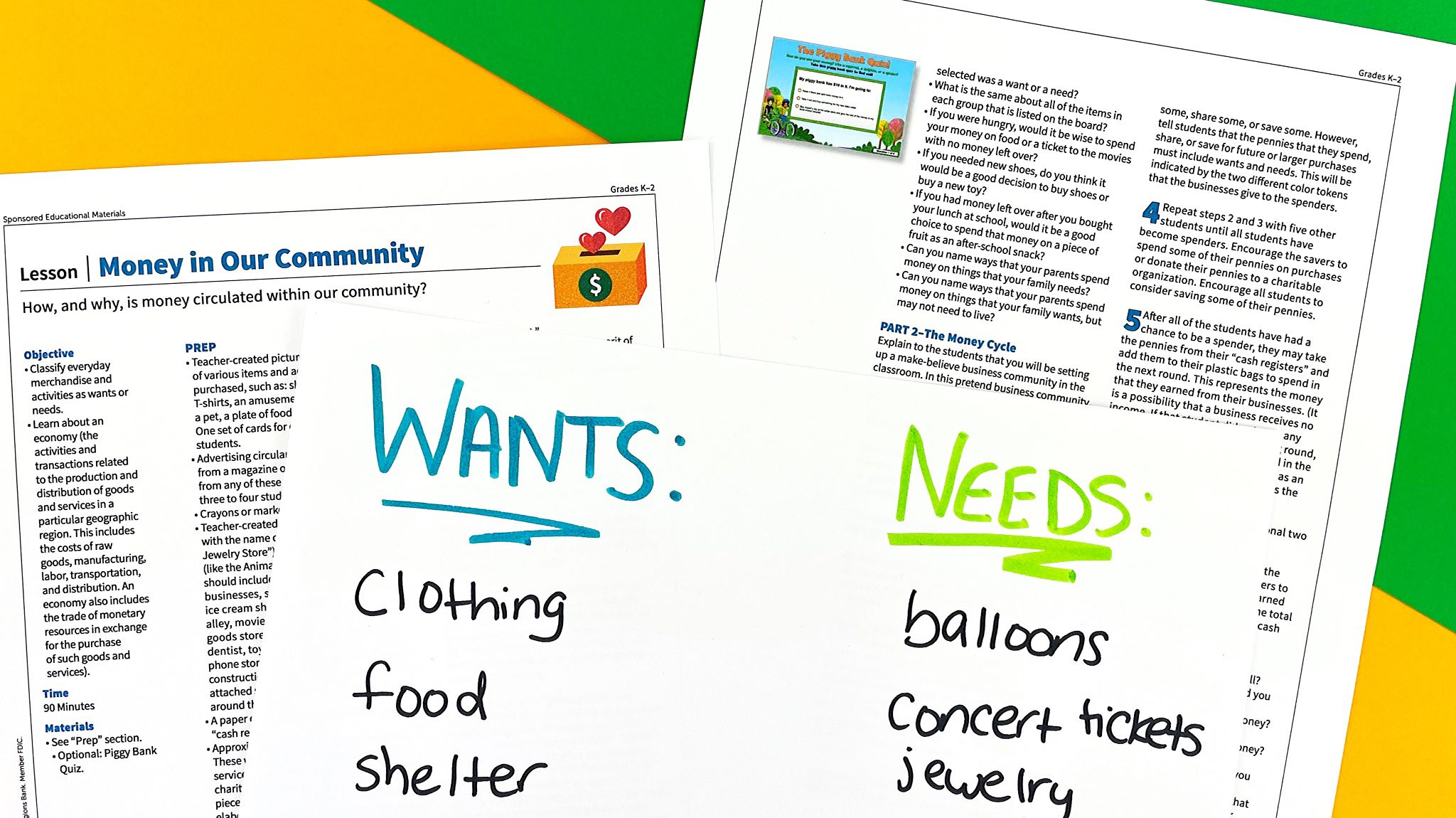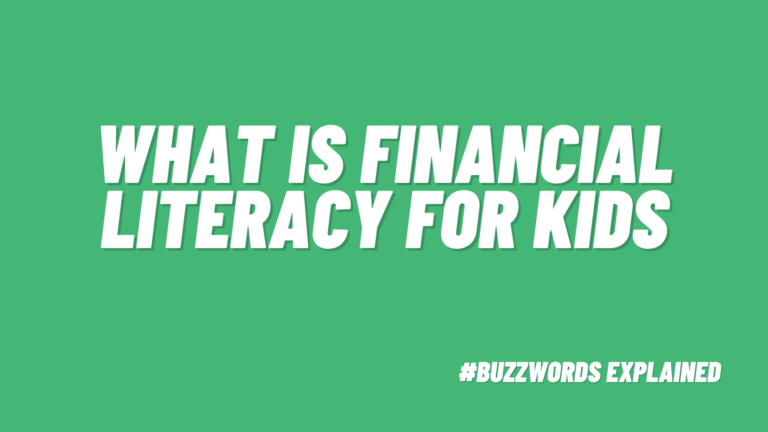To introduce K-2 students to the economy, we recommend starting with how money circulates in our own community. In this “Money in Our Community” lesson, students have the opportunity to exchange money for goods and services in a make-believe business community in their classroom. Trust us, they’re going to love this super fun way to learn about the money cycle! It’s all part of our Adventures in Math resource center.
What’s in this “Money in Our Community” lesson?
This lesson is divided into two parts and does require some teacher prep ahead of time:
Part 1—Wants vs. Needs: Using teacher-created picture or word cards and newspaper and magazine ads, students classify each purchase into the categories “Things That We Want” and “Things That We Need.”
Part 2—The Money Cycle: You’ll create a pretend business community in your classroom, and each student will have the opportunity to be a local business owner, the head of a charitable organization, and a spender. You’ll use tokens for merchandise and services, pennies for “starting cash,” and paper cups for cash registers.
Standards
- Develop an understanding of personal financial literacy, including income, interest, wants and needs, saving and spending, and charitable giving.
- Participate in group discussions.
- Communicate mathematical ideas and reasoning.
- Solve addition and subtraction problems involving numbers up to 100.
- Apply mathematics to solving problems arising in everyday life.
- Solve one- and two-step word problems.
- Solve word problems involving dollar bills, quarters, dimes, nickels, and pennies, using $ and ¢ symbols appropriately.
- Solve word problems using objects.
- Classify, count, and sort objects into categories.
- Organize, represent, and interpret data.


